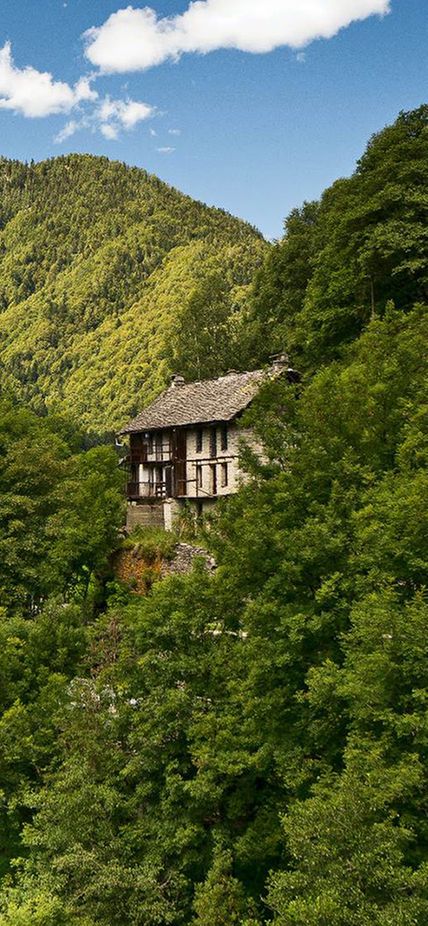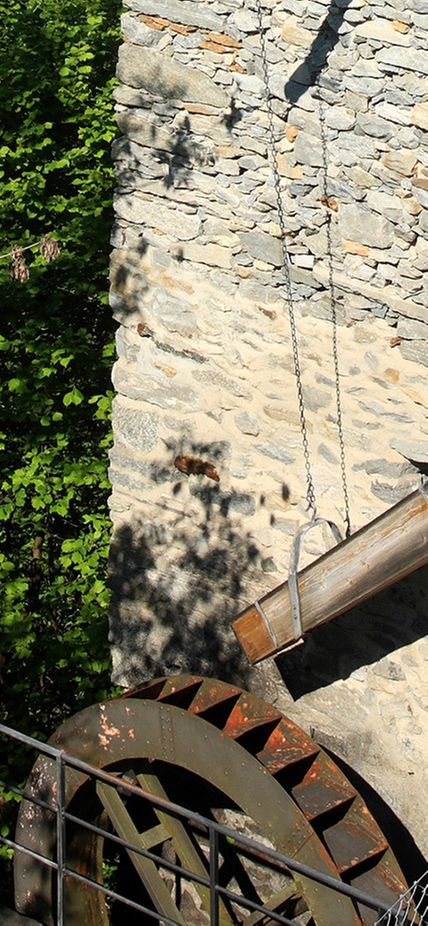How poor people's food became a gourmet product. The Onsernone valley is said to be the wildest valley in the region; it's also the keeper of many secrets. In 1850 more than 3000 people, mainly emigrants, lived here; today, fewer than 800 face the challenges of everyday life. This steep, winding road conceals a wealth of culture and tradition.




